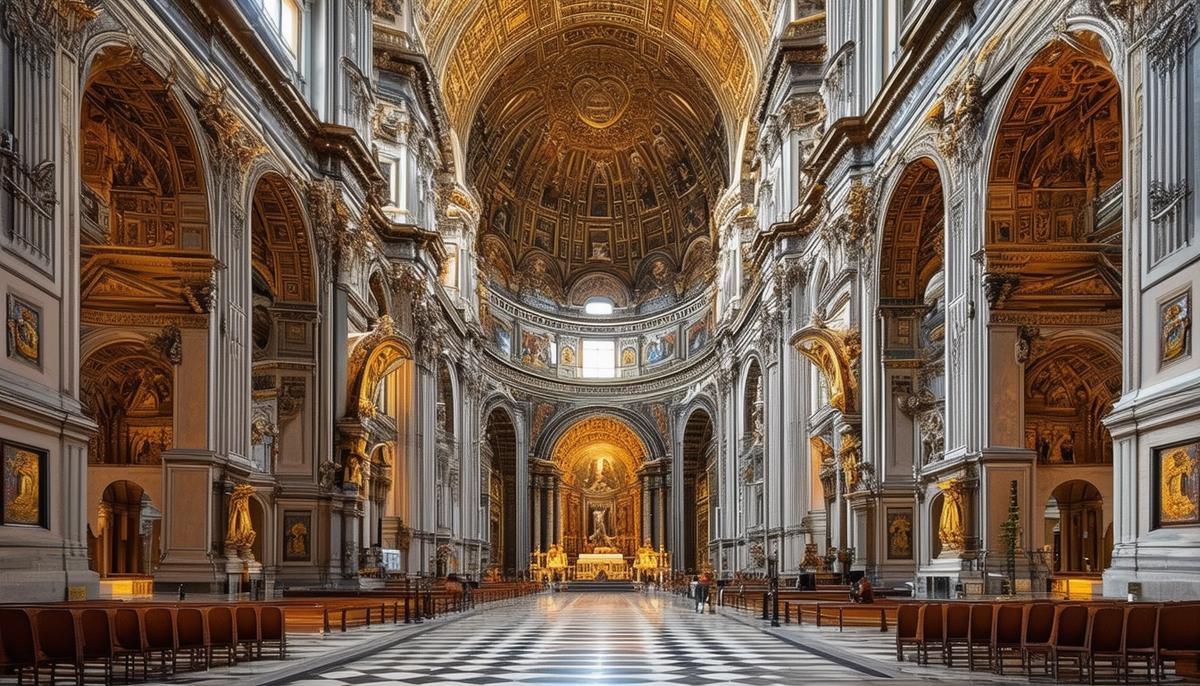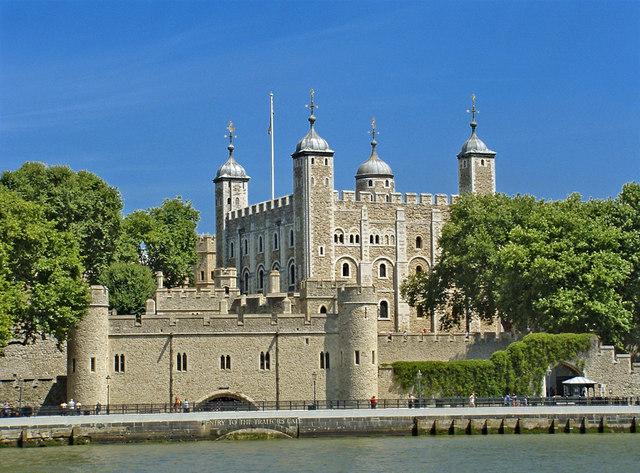Historical and Modern Significance of Iconic Buildings
St. Paul's Cathedral stands as a testament to London's resilience and architectural prowess. Sir Christopher Wren's Baroque masterpiece, completed in 1711, not only survived the Great Fire of London but also bombings during the Blitz. Its design introduced a large dome, inspired by St. Peter's Basilica in Rome, marking a departure from the typical Gothic architecture prevalent in England at that time. This shift underscores a change in aesthetic preferences and technological advancements in construction during the period.
The Shard breathes new life into the London skyline with its futuristic design. Created by architect Renzo Piano, this skyscraper was completed in 2012 and rapidly became one of the most recognizable landmarks in the city. Symbolic of the 21st century, The Shard integrates glass facades with spire-like forms, which Piano describes as a "vertical city." At over 1,000 feet high, it houses offices, residences, and restaurants, encapsulating modern multifunctional building trends.
While St. Paul's Cathedral showcases London's historical architectural achievement during the Baroque era, The Shard exemplifies contemporary architectural innovation with its use of technology and multipurpose design. Both buildings, although centuries apart, reflect London's spirit and continuous growth. Through materials choice—Portland stone in St. Paul's and glass panelling in The Shard—each building also presents the construction styles and technological abilities of their respective times.
The London landscape tells a broader story of time's passage, seen through the prism of architectural evolution. These buildings speak to trends and technologies, narrating tales of survival, innovation, and identity that continue to shape and resonate within London. This ongoing dialogue between the old and new highlights London's unique role as both guardian of architectural tradition and pioneer of modern design.

Architectural Innovation and Design
Continuing the exploration of London's architectural eclecticism, one stumbles upon 30 St Mary Axe, commonly known as the Gherkin. This architectural marvel, designed by Norman Foster, epitomizes the synthesis of aesthetic prowess with cutting-edge engineering. Completed in 2003, the Gherkin enhances the city's skyline and redefines norms for ecological design within skyscrapers. The building's structure is noteworthy for its energy-efficient design that utilizes natural ventilation—a rarity in glass-fronted skyscrapers—owing to its aerodynamic form which encourages airflow down and around the building creating a cooling pressure zone.1
The Gherkin's diagrid pattern—a network of intersecting steel beams visible on its exterior—minimizes the need for internal columns, maximizing open floor space and allowing light to permeate deeper within the structure. This design solves the challenge of creating spacious office environments and reduces the material required for construction, aligning with principles of sustainability. These architectural and engineering innovations make the Gherkin an exemplary model of how form can function as art and a high-performance building mechanism.
Shifting focus to the London Aquatics Centre, another hallmark of innovative design located in the Queen Elizabeth Olympic Park, showcases Zaha Hadid's flair for fluid architecture. Initially conceptualized for the 2012 Summer Olympics, this facility features a striking wave-like roof that spans almost 160 meters without any internal supports interrupting the space. The roof is engineered with a doubly curved aluminum clad and supported by strategic steelworks that mimic the motion of a swimming stroke, enhancing the fluid thematic essence of the design.2
The external walls of the Aquatics Centre use expansive glass panels that offer unobstructed views of the Olympic Park and create an effect of weightlessness for the roof seemingly floating above. This transparency connects the interior with the broader landscape, an aesthetic and psycho-spatial intention of Hadid's design philosophy to blend spaces into their surroundings. Achieving such large, open and undulating forms required careful design and detailed execution. Fabricating frameworks that balance Hadid's visual language with structural stability demanded innovative construction techniques and materials, including the pioneering use of complex double-curvature geometry that forms the roof's sweeping silhouette.
Both buildings speak to London's ambitious architectural revolution—journeys that blend artistic expression with technological and sustainable advances. The Gherkin and the London Aquatics Center testify to the city's commitment to reinventive momentum, forging aesthetics with function and tradition with futurism. As evidenced by these structures, London continues to catalyze architectural transformation on a global scale.

Cultural and Social Impact
The prominence of landmarks like the Gherkin, St. Paul's Cathedral, and The Shard extends beyond their architectural innovations and technological feats; they stand as icons in shaping London's skyline and cultural identity. These structures are catalysts in reframing urban experiences, playing pivotal roles in harnessing public interaction and shifting perceptions of a city steeped in history.
For instance, the Tower of London conveys tales of history, royal power, and treasure conservation, anchoring a narrative that has significantly influenced London's tourism. As a premiere destination for global visitors, it emphasizes the cultural leveraging of architecture and serves as a repository of the nation's storied past. Such edifices hold the collective memory of epochs traversed and milestones achieved.
Skyscrapers like The Shard redefine London's economic vitality and serve as nodes of multifunctional spaces promoting a mix of commercial, residential, and public performances. This amalgamation of architectural intriguingness with multipurpose utility heralds a modern understanding of space use, influencing global architectural trends in sustainable and multifunctional urban planning.
Beyond functionality or historical importance, icons like The Shard invoke a sense of urban pride and identity among Londoners. They are towering testaments to the will of continuing innovation while revering the past—an ethos that resonates widely within British culture. On the world stage, the aesthetic audacity and function of London's architecture present a narrative of bold modernization coupled with the charm of its heritage—a potent cultural soft power that enhances the city's presence as a keystone of architectural wonder and an incubator of global cultural trends.
The societal relevance also has emphasis where structures like the Barbican, perceived initially as divisive for its brutalist design, have matured into cherished cultural landmarks. Heralding a resurgence in appreciation for post-war architectural formality, it is rejuvenated by a communal familiarity that converts earlier criticisms into assertions of pride. Within such frameworks, myriad theatrical, musical and literary offerings find homes, resonating with local communities and transmitting vibrant cultural scenes to broader audiences.
Embedded within this architectural grandeur is London's lesson on leveraging cultural patrimony through layering identity narratives enveloped around each visual monument. It steers engagement within artistic or commercial milieus and day-to-day engagements of those that lifelong call these environs home, making walking through London an aesthetical and philosophical discourse. These edifices transcend their physical boundaries to become facilitators of culture, innovation, and storytelling, weaving the past together with dynamic evolution – which distinctly packages London as an eclectic architectural anthology seen in few places globally. Each building adjusts the capital's canvas and fine-tunes its message to the world — a blend of sustained heritage with sensitive futurism encompassing societal shifts and aspirations.

- Massey R. Exploring the Gherkin, London's most iconic skyscraper. The Guardian. 2018.
- Moore R. Zaha Hadid's London Aquatics Centre review – £269m worth of wow factor. The Guardian. 2014.
Leave a Reply